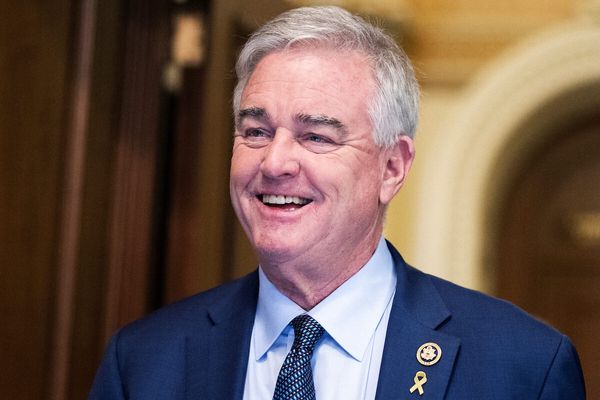
National sporting events can inspire a new generation of women and girls to get involved in sport, but without long-term, deliberate investment and planning, experts warn there's a risk events will fail to leave a lasting impact.
During the 2023 FIFA Women's World Cup (FWWC) more eyes were on women's football than ever, with record breaking numbers tuning in to the games at sold out stadiums.
Australians were overcome by Matildas fever as the national soccer team excelled, leading to a record number of registrations for female players at clubs across the country the following year.
Football Australia launched a "Legacy '23" strategy to attract more than 400,000 women and girls nationwide which would achieve gender parity in football participation.
But for a third of the population who live in remote and regional Australia, the progress and impacts of the strategy remain uncertain.

Off the back of the Matilda's historic success, the federal government pledged $200 million to improve women's sporting facilities.
Yet the majority of that investment has gone towards stadiums that have benefited the men's game or rugby league and union fields, University of Newcastle senior lecturer Alana Thomson said.
"There's a bit of gender washing where women and girls are not benefiting from the legacy of the world cup," she told AAP.
"Women and girls sport participation in the regions requires long term and bespoke investment.
"Event organisers need to think about legacy strategies, because you can't have one-size-fits-all approach, it needs to be targeted."
Multiple barriers to playing sport exist for women and girls who live regionally, including fewer qualified coaches, less access to safe, female-friendly facilities and community sport cultures that may still prioritise men and boys.
Grant schemes established following the FWWC do not allow inclusions for staff time or travel expenses, a big barrier for regional Australians who need to travel long distances to play.
Achieving gender parity in football would require more than just increasing player numbers, Dr Thomson said.

"There's unconscious biases in community sport where we see the men's games consistently get the better start times, while the women get rostered before the men so they can hang around and staff the canteen and the best coaches in the club are constantly assigned to the mens," she said.
"We want more women to play but very often the following season they drop out because the experience they had was suboptimal.
"You can get people to sign up but if they constantly feel second rate to the men you will see women and girls lose interest."







